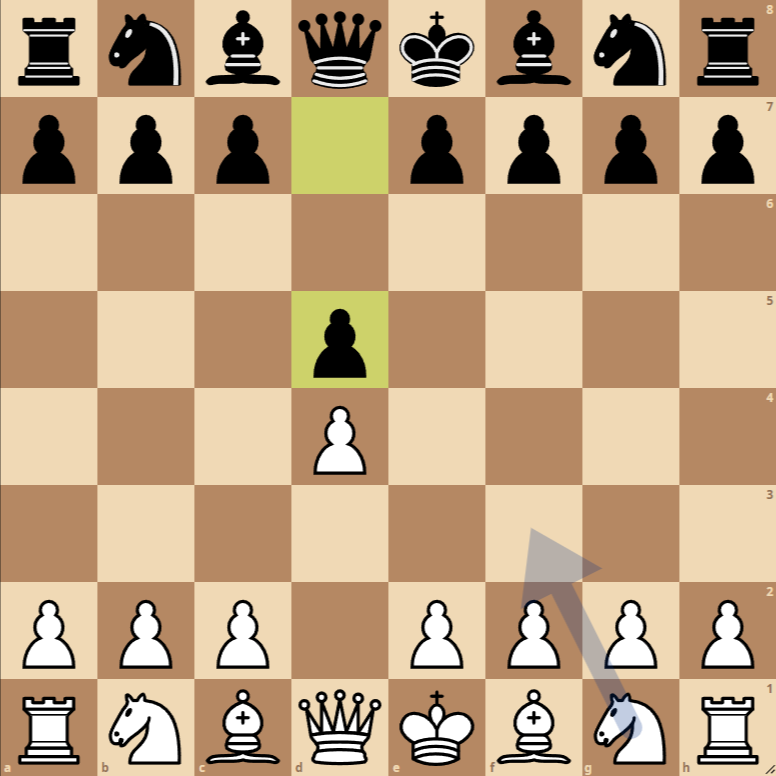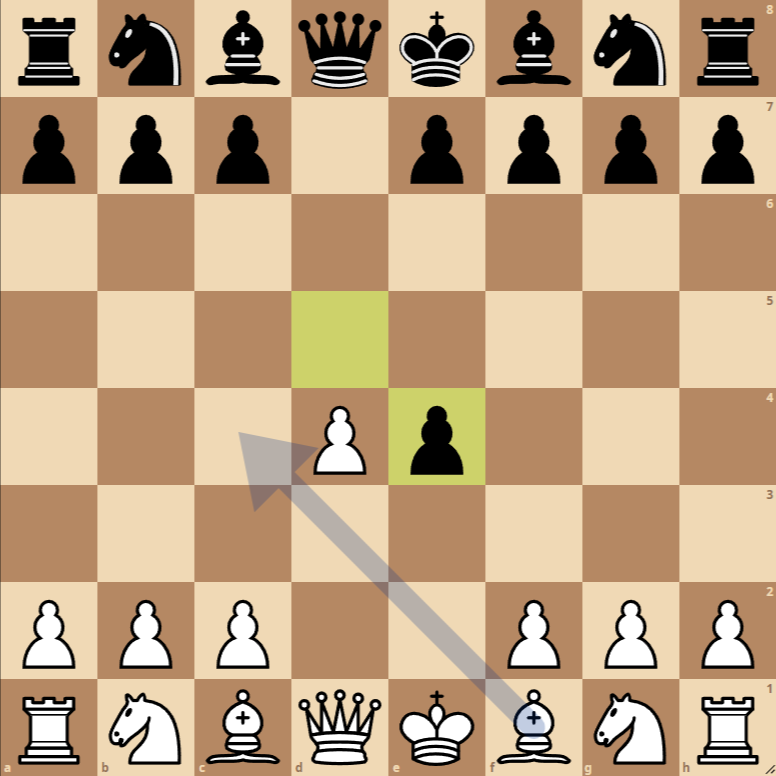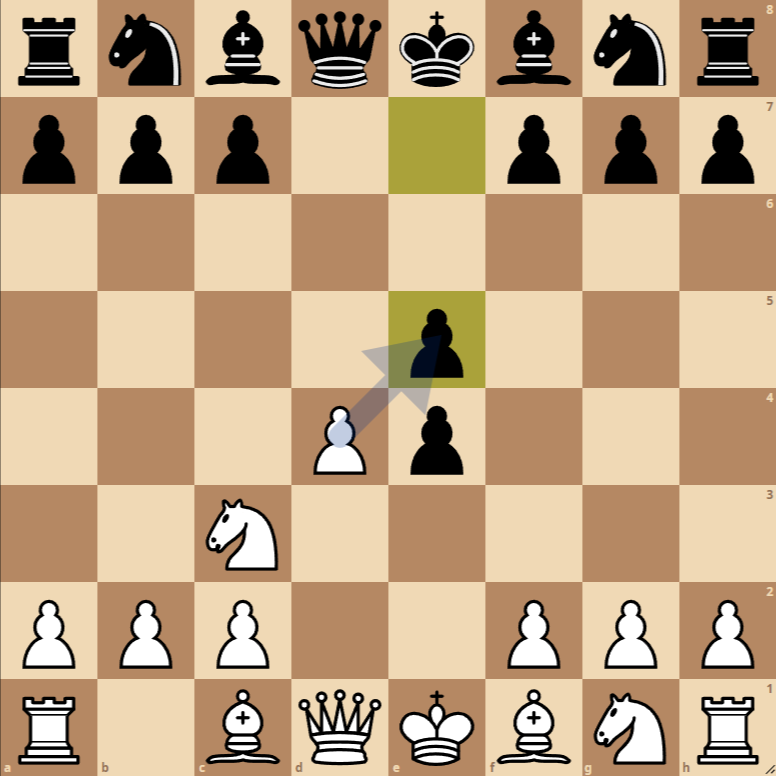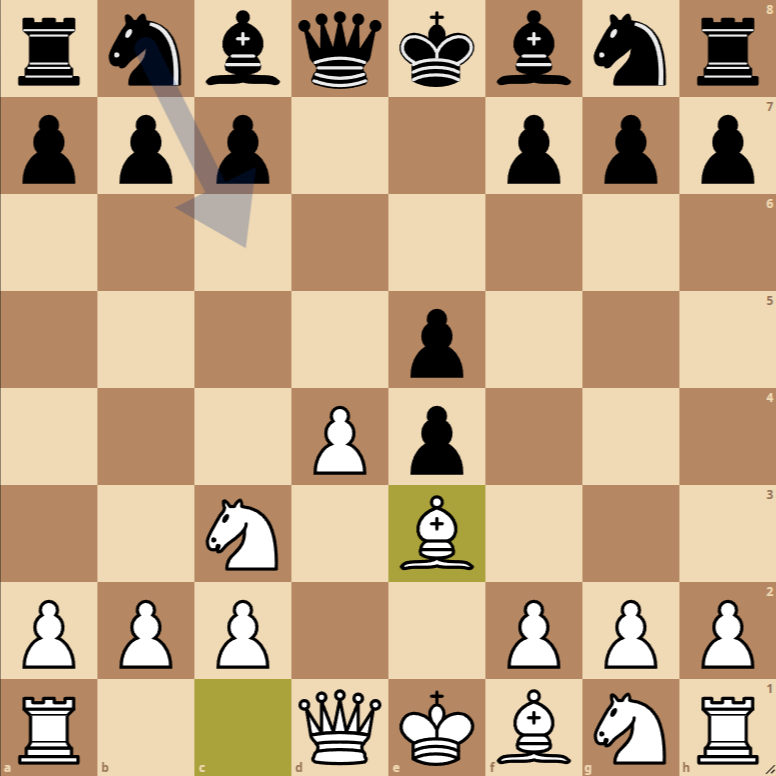How to Play the Blackmar-Diemer Gambit Lemberger Countergambit Soller Attack Opening



- 1. d4 d5: Both White and Black occupy the center with their pawns, establishing a solid structure and preparing for the development of their pieces.
- 2. e4: White offers a pawn (gambit) to divert the Black pawn from d5 and open lines for their pieces, especially the bishop and queen.
- dxe4: Black accepts the gambit, capturing the pawn on e4. This gives them an extra pawn but opens attack lines for White.
- 3. Nc3: White develops the knight to c3, attacking the pawn on e4 and preparing to recover the material.
- e5: Black advances a central pawn to e5, defending the pawn on e4 and aiming to control the center.
- 4. Be3: White develops their bishop to e3, targeting the center and preparing for possible exchanges in the center of the board.
Variations of the Blackmar-Diemer Gambit Lemberger Countergambit Soller Attack Opening
Main Variations
The opening can take various paths depending on the responses of Black and White after 4. Be3. However, the Soller Attack specifically focuses on the described moves, emphasizing active play and rapid piece development by White after sacrificing a pawn in the opening. Variations within this gambit may include different ways to regain the pawn or increase pressure on the center and the Black king’s side.
The game has followed the steps of a very interesting and aggressive opening known as the Blackmar-Diemer Gambit.
Specifically, the variant in play here is called the Lemberger Countergambit, which later transitions into the Soller Attack with the moves 1. d4 d5 2. e4 dxe4 3. Nc3 e5 4. Bg5. This opening is popular among players who enjoy a direct style of play and seek to unbalance their opponent early in the game.
For White: Strategies and Tactics
Pressure and Rapid Development: White sacrifices a pawn early to gain an advantage in development and increased piece activity. The key is to develop pieces quickly and maintain pressure on Black.
Focus on the Center and the King’s Side: By advancing the pawn to e4 and subsequently playing Bg5, White aims to control the center and create potential threats against the Black king’s castling.
Attacking Opportunities: With the knight advancing to c3 and the bishop to g5, White is well-positioned to launch an attack. Moves like Qd2 followed by long castling can set the stage for an assault on the Black king.
For Black: Strategies and Tactics
Counterplay in the Center: Black accepts the gambit to unbalance the center and seek counterplay. Moving the pawn to e5 challenges White’s central structure and opens lines for Black’s own pieces.
Safe Piece Development: With possible continuations like …exd4, …Bb4, or …Nc6, Black aims to develop their pieces efficiently while maintaining tension in the center. Each of these moves has its purpose: …exd4 opens the d-file for the Black rook, …Bb4 exerts pressure on the knight on c3, and …Nc6 develops a piece while reinforcing control of the center.
Maintaining Flexibility: Faced with White’s attack, it’s crucial for Black to remain flexible and be prepared to defend or counterattack as the game unfolds. Castling may be a priority to ensure the king’s safety.
Next Best Moves
For White: Consider capturing the pawn on d4 with the bishop (Bxd4), increasing pressure in the center and keeping an extra piece in the attack. It’s also important to consider the queen move (Qd2) to prepare for long castling and increase pressure on the Black bishop if …Bb4 is played.
For Black: Moves suggested like …exd4, …Bb4, or …Nc6 are critical to maintain counterplay. …exd4 opens the e-file for the Black rook, …Bb4 exerts immediate pressure on the knight on c3, which can complicate White’s development, and …Nc6 develops a piece while strengthening control of the center.
In summary, the game is in a critical phase where active play and tactical decisions will be key in determining the course of the game. Both sides have attacking opportunities and must play with precision to capitalize on the opponent’s mistakes.

